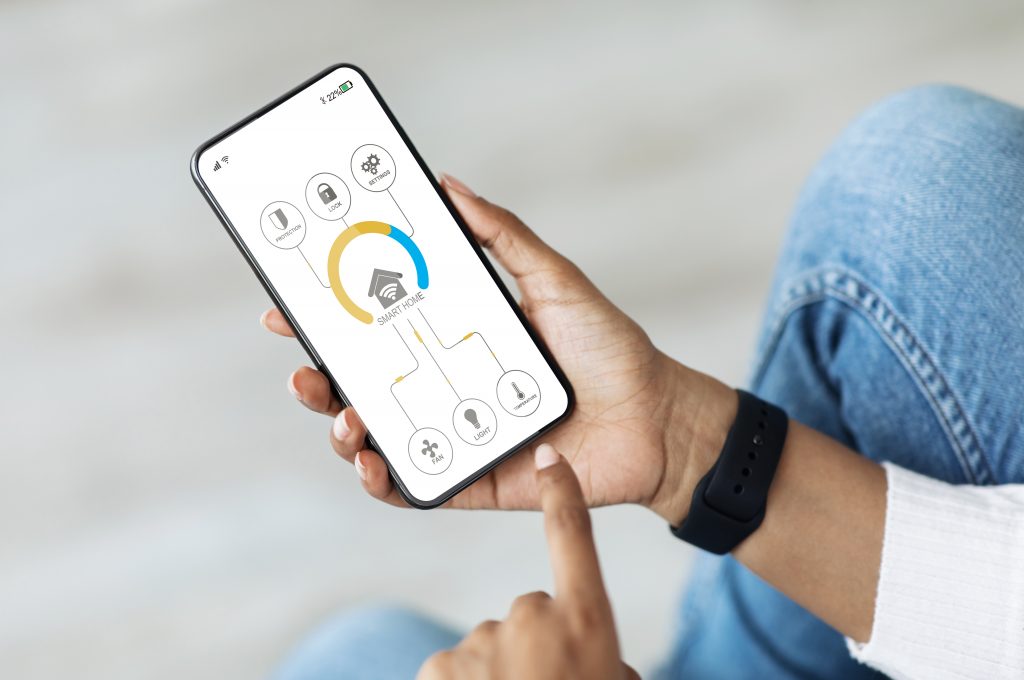All Kindle Fires have a little extra change rattling around in their Amazon accounts, courtesy of the company’s new Coins virtual currency. Everybody who owns the tablet got $5 worth of Coins on Monday, and Amazon hopes that will boost consumer in-app purchases while also getting more developers to work on supporting the Kindle platform.
Amazon Kindle owners have a new way to pay for games, apps and in-app purchases — Amazon Coins.
Amazon released its virtual currency Monday, and to kick off the new feature the company deposited 500 free Coins into the accounts of every Kindle Fire owner.
Since each Coin equals a penny, the gift amounts to US$5 for each user. Amazon is also offering a 10 percent discount on Coins — a purchase of 500 Coins actually costs $4.80. Amazon believes that the move will encourage developers by offering an opportunity to drive traffic and downloads.
Amazon Coins were first discussed in February.
“Customers can purchase Coins at up to a 10 percent discount, making them a great way to save money on apps and games. For developers, there are now tens of millions of dollars worth of Amazon Coins in customers’ accounts that can be spent on apps and games,” Amazon spokesperson Sally Fouts told the E-Commerce Times.
Future Payment
Virtual currency is a way for Amazon to grab dollars up front for its Appstore.
“This is huge. In-app purchases will be the only way to buy a premium app experience in the future of the app economy,” AppTrailers CEO Sheffield Nolan told the E-Commerce Times. “The in-app purchase model is analogous to the free trial software for desktops that allow you to ‘unlock’ the full functionality if you pay for it. In fact, over 76 percent of the money made from Apple App Store is now in-app.”
Virtual currency has been used for several online platforms such as Microsoft Points, gold in World of Warcraft, and Bitcoin, an economy that helps users send and receive virtual payment.
“It allows people to purchase and contain expenditures to a large extent,” Rob Enderle, principal analyst at Enderle Group, told the E-Commerce Times. “You’re encouraged to buy a bunch of it. You’re basically giving Amazon your money and assuring you will only use it on Amazon. It ensures your future expenditures will happen at Amazon.”
Some other virtual currency systems have failed, however, which could discourage developers from buying into the model.
“The biggest concern I think developers have right now is how this will affect revenue,” Jason Robinson, a developer for Metova told the E-Commerce Times. “Judging from the outcome of Microsoft’s similar system for the Xbox, this might increase revenue in the short run, but could be too confusing for consumers in the long run and decrease sales.”
Virtual Budgets
Budgeting those purchases may be the best use for Amazon Coins. Parents can load a child’s account with a number of Coins each month to control purchases — or even a lot of Coins for their own purchases.
“Amazon’s foray into virtual Coins is another advantage that only a few companies are capable of exploiting. Amazon’s scale and wide variety of products make it appealing for consumers to prepay for Coins,” Josh Crandall, principal analyst at Netpop Research, told the E-Commerce Times.
“Perhaps people will use it to top off a child’s allowance account or their own discretionary spend account. Whatever the purpose, using virtual coins must be as easy to use as credit. Finally, if consumers receive a discount for prepaying for coins, it may just offer the spark Amazon needs to light a fire,” he said.
“The coin system will certainly have a positive impact for kids whom their parents might have been weary to give them a credit card to purchase as many apps as they please,” said Metova’s Robinson. “The parents can purchase a set amount of coins for their children and not worry they will spend more money than was already invested in the Coins. So I think we will see an increase in commerce from children.”
“People like to know how much something costs in real dollars when purchasing something,” he said. “If they have to translate Amazon Coins to real dollars, that might be enough to dissuade someone from purchasing an app.”
Coins could convince app users to take the extra step into in-app purchases “and allow them to experience a smooth and safe transaction with zero risk. This is a VERY smart move by Amazon,” said Nolan. “They are giving away pennies to get back dimes in the long run.”
Developer Currency
Developers will get 70 percent of each sale, said Amazon, which is the same whether it is paid in Coins or cash.
“We’re always excited to see new ways to monetize an app,” Matthew Knuti of Fuzz Productions told the E-Commerce Times. “Amazon Coins a certainly a welcome edition to the Kindle platform, but because it’s a walled garden, and a derivative of Android, we still see barriers.”
Fuzz Productions develops apps on iOS and Android platforms for its clients. “Amazon is running two parallel marketplaces, one for the Kindle and one for the Android as a whole. It’s not yet a big enough walled garden for us to push our customers to it,” he said.
“Going forward, developers are going to be keeping a watchful eye on how the new commerce system evolves to see if it’s a stronger or weaker market in the long run,” said Robinson. “Right now, it’s hard to say what will happen. All we can do is look at how similar systems evolved and move forward cautiously.”
By Enid Burns, Reporter, ECT News Network
This article originally appeared in the E-Commerce Times.



